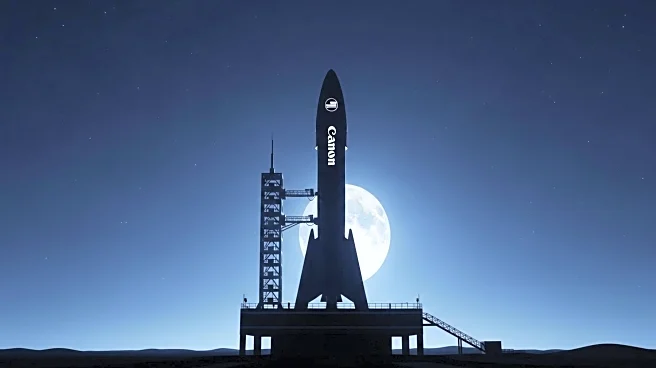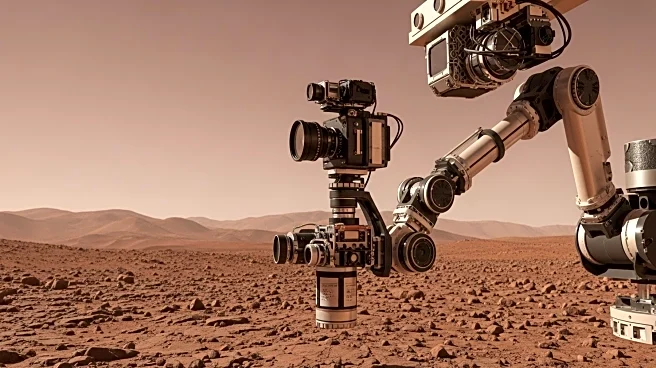What's Happening?
Jet Propulsion Laboratory (JPL) in Pasadena is set to lay off approximately 550 employees as part of a workforce restructuring initiative. This move follows previous layoffs at the space lab, where over 800 jobs were cut last year. JPL Director Dave Gallagher stated that the restructuring aims to position JPL for future success by creating a leaner infrastructure and focusing on core technical capabilities. The layoffs will affect workers in technical, business, and support areas, and employees will be notified starting Tuesday. Gallagher emphasized that these cuts are not related to the current federal government shutdown but are part of an ongoing reorganization effort.
Why It's Important?
The layoffs at JPL highlight the challenges faced by institutions involved in space exploration and research, particularly in maintaining fiscal discipline and adapting to the evolving space ecosystem. This restructuring is crucial for JPL to continue delivering vital work for NASA and the nation while competing in the space industry. The reduction in workforce may impact the lab's ability to innovate and explore, potentially affecting future projects and collaborations. The decision underscores the need for organizations to balance operational efficiency with the pursuit of scientific advancement.
What's Next?
Affected employees will be notified of the layoffs starting Tuesday, and JPL will continue to focus on its core technical capabilities and fiscal discipline. The restructuring aims to secure JPL's future by creating a leaner infrastructure, which may involve further adjustments in workforce and operations. Stakeholders, including NASA and other partners, will likely monitor the impact of these changes on JPL's ability to fulfill its mission and contribute to space exploration.
Beyond the Headlines
The layoffs at JPL may raise ethical and cultural questions about the balance between scientific exploration and economic constraints. As JPL navigates this restructuring, it will be important to consider the long-term implications for innovation and the role of government funding in supporting scientific research. The decision may also influence public perception of space exploration priorities and the allocation of resources.











